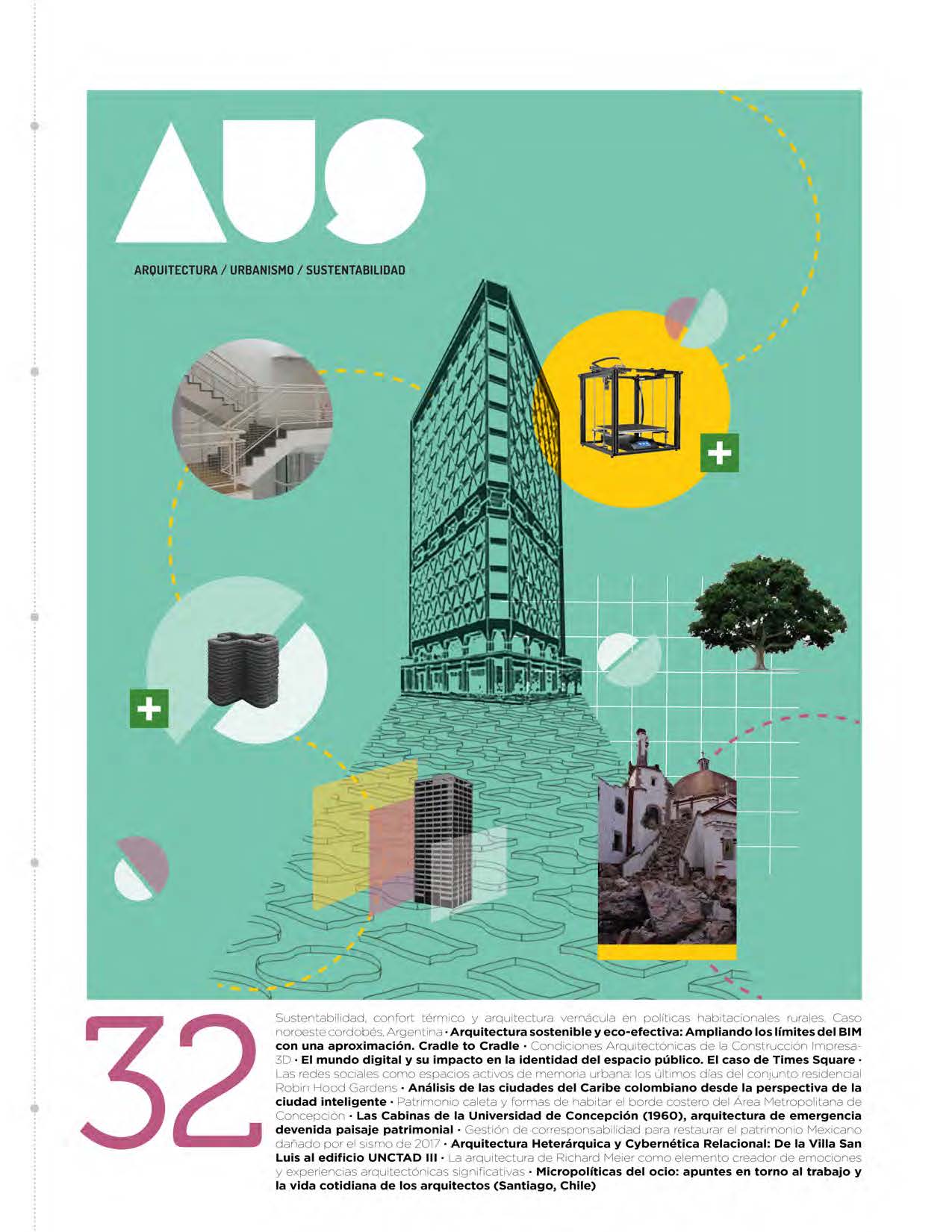Co-responsability for the restauration: a case study of Mexico's cultural heritage after the 2017 earthquake
Main Article Content
Abstract
The conservation of cultural heritage is no longer the exclusive responsibility of professionals. Current trends are to focus on those who symbolically build assets, as communities have been acknowledged as relevant stakeholders in terms of protection, conservation, and restoration. The 2017 earthquake in Mexico brought this issue to the forefront, as the devastation of architectural heritage caused by the disaster and an overwhelmed government prompted communities to organize themselves and share the responsibility with institutions to manage their restorations. This study discusses this model’s contributions, advantages, and drawbacks, taking the efforts to restore the Sanctuary of the Señor del Sacromonte, in Amecameca as a starting point, including a qualitative analysis of the community assessments that made the management possible, as well as the process and the restoration’s outcomes.

